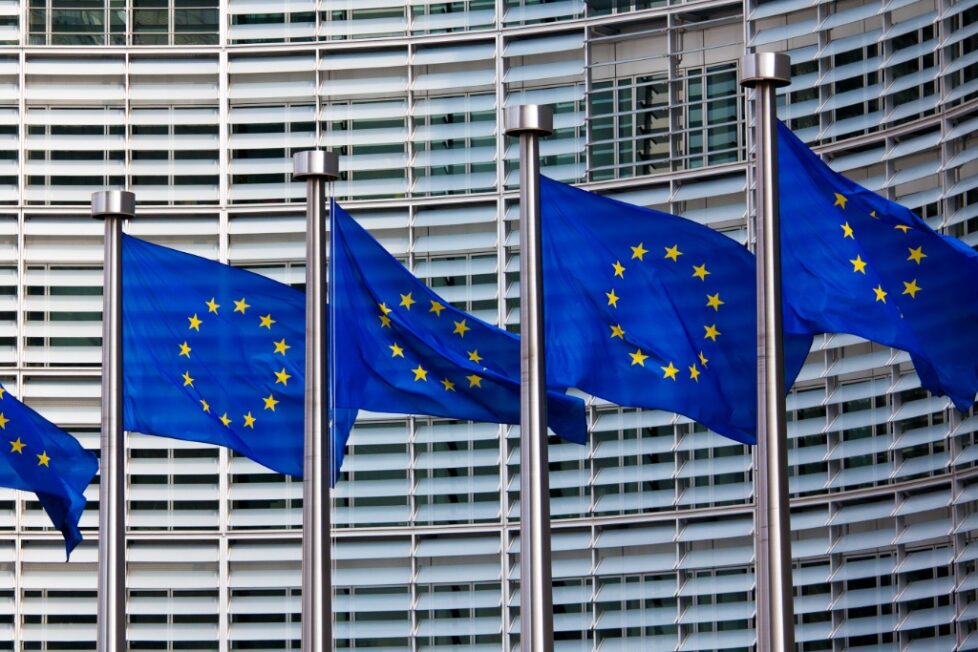EU Lawmakers Agree on New Nature Restoration Law

Lawmakers in the European Parliament and Council announced that they have reached a provisional agreement on new legislation aimed at restoring and protecting natural habitats and ecosystems, including a mandated target for EU countries implement measures to restore at least 20% of the EU’s land and sea areas by 2030, and for all ecosystems in need of restoration by 2050.
The agreement follows a contentious process for the new Nature Restoration Law, initially proposed by the European Commission in June 2022 as a key element of the European Green Deal and the EU Biodiversity strategy, and addressing the finding that over 80% of European habitats are in poor shape.
While the European Council reached an agreed negotiating position on the new law in June 2023, the proposal only narrowly survived a rejection vote in Parliament in July, following objections that the proposals would threaten food security and agriculture, and would work against Europe’s clean energy and climate goals, by reducing capacity of energy sources such as hydropower and biomass.
Under the new agreement reached by Council and Parliament, member states will be required to put into place restoration measures to restore at least 30% of habitats that are in poor condition by 2030, increasing to 60% by 2040, and 90% by 2050, and to regularly submit national restoration plans indicating how they will deliver on the targets.
The law sets out specific requirements for different types of ecosystems, covering wetlands, grasslands, forests, rivers and lakes, as well as marine ecosystems such as seagrass and sponge and coral beds.
Additional regulations under the agreement include a requirement for member states to set out measures to reverse the decline of pollinator populations, put in place restoration measures for organic soils in agricultural use constituting drained peatlands, viewed as one of the most cost-effective measures to reduce emissions in the agricultural sector and improve biodiversity, an efforts-based requirement to prevent significant deterioration of areas subject to restoration that have reached good condition, and an agreement to ensure that member states should achieve an increasing trend in urban green areas.
The agreement also included a new provision requiring the Commission to provide an assessment of any gap between restoration financial needs and available funding and to look into solutions to bridge the gap. Additionally, the lawmakers agreed on an “emergency brake,” enabling the suspension of agricultural ecosystem targets for up to one year in case of unforeseen events that could have severe consequences on food security.
With the provisional agreement in place, the proposal will be submitted for formal adoption by the Council and Parliament. Member states will be required to submit their first nature restoration plans within two years after the law’s entry into force.
Following the announced agreement, Maroš Šefčovič, Executive Vice-President for European Green deal, Interinstitutional Relations and Foresight, said:
“Today, after extensive dialogue and fruitful deliberations with the European Parliament and the Council, we have found the provisional agreement on the Nature Restoration Law – a key proposal under the European Green Deal and essential to reach the EU’s ambitious climate mitigation and adaptation goals. This also sends an important positive signal to our global partners ahead of COP28 and in the implementation of the Kunming/Montreal biodiversity agreement that we are serious about our commitments. I hope for the swift adoption of the agreement by the co-legislators. There’s no time to lose in restoring nature that our wellbeing and economies depend on.”